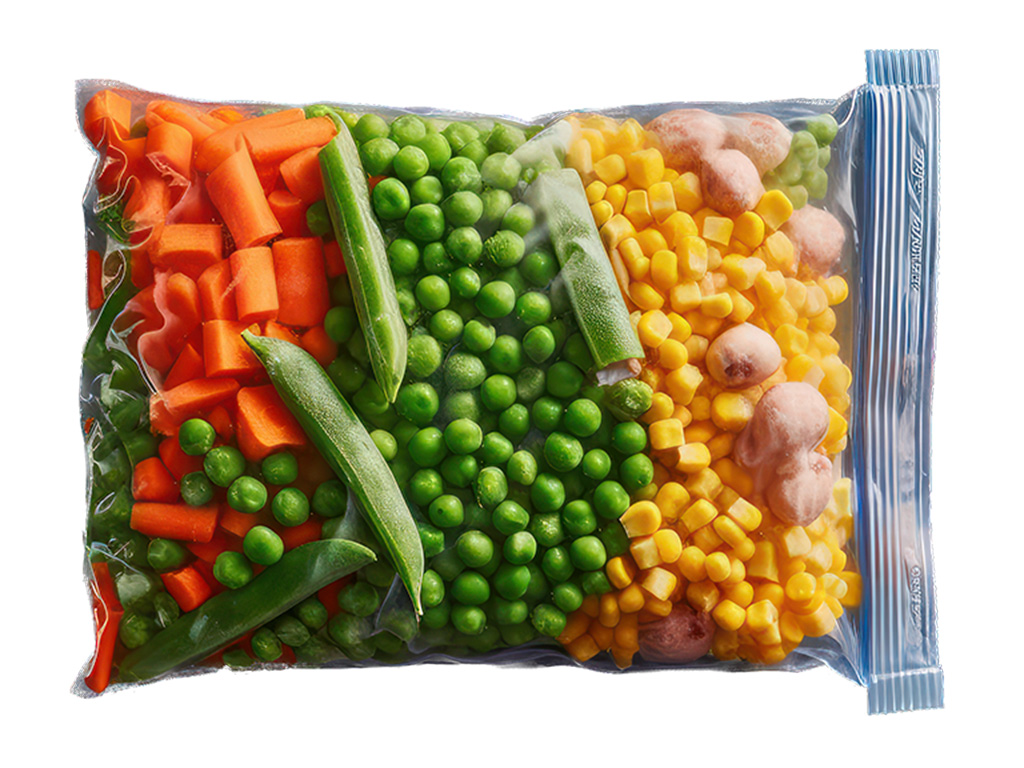Australia is facing a nutrition emergency. I am deeply concerned about the declining state of many people’s health. The reality is that with the cost of living soaring, many people can’t afford to buy fresh food and groceries and they are also having to cut back on essential nutritional supports such as supplements.
Many Australians are facing difficult decisions; they are having to cut back on important foods such as fresh fruit and vegetables and lean meat because they need to pay their power bills and mortgage repayments. Older Australians in particular, who rely on supplements to support joint pain and keep up their immunity to fight off colds and flu, are also having to cut back on these essential life items.
There are some important food hacks that will help you to get the vitamins and nutrients you need without breaking the bank. The key is to shop wisely and understand which foods provide the most value from a nutritional point of view.
Here are my top tips on how to eat well on a budget.
Plan your meals
I know planning your meals is a no-brainer, but very few people actually do it and, if they do, they don’t do it well. Plan your meals for the week and make a shopping list based on your plan. This helps you to avoid impulse buys and ensures you only purchase what you need.
Utilise leftovers
Plan meals that can use leftovers from previous meals to minimise waste. This ensures that you squeeze very ounce out of the food you buy and prepare.
Buy in bulk
Increase the role of whole grains and legumes in your diet. Purchase items like rice, oats, quinoa, lentils and beans in bulk. They are often cheaper per unit and have a long shelf life.
Purchase nuts and seeds in larger quantities to get a better price per unit. Carrots are a cheap and nutrient-dense vegetable to include in your diet. Brown rice is also a fantastic, cheap food that can be bought in bulk. It provides fibre, vitamins and minerals.
Stock up on dried foods such as pasta
While both dried and fresh pasta are made from similar ingredients, dried pasta typically contains more fibre and has a lower moisture content compared to fresh pasta. As a result, dried pasta tends to be more shelf-stable and may offer slightly more nutritional benefits, particularly when it comes to fibre content. It is also very cheap and versatile. You can do a lot with pasta.
Opt for frozen and canned foods
We are always told to eat fresh, but the reality is that fresh food is very expensive at the moment. The good news is that frozen and canned foods do provide a lot of benefits.
Frozen fruits and vegetables can be just as nutritious as fresh ones and are often cheaper. They also have a longer shelf life. When purchasing canned goods, look for no-salt-added or low-sodium options for canned vegetables and fruits packed in water or their own juice. Canned beans and tomatoes are versatile and inexpensive. Canned fish has many health benefits and is significantly cheaper than fresh seafood.
Shop seasonally and locally
Fruits and vegetables that are in season are usually less expensive and fresher. Many local markets or local produce stands can offer fresh produce at lower prices compared to supermarkets.
Look for ugly produce. Picture perfect fruit and vegetables are placed on shelves to garner the highest prices possible. Look for discount bins with ugly produce. They are just as good but don’t look as perfect.
Avoid pre-made meals
Preparing meals at home is usually more cost-effective than eating out or buying pre-made meals. It also allows you to control the ingredients and portion sizes. Cook larger portions and freeze leftovers for future meals. This saves time and money.
Opt for less expensive protein sources
Shop for plant-based proteins such as beans, lentils, tofu and eggs. They are nutritious and generally less expensive than meat. Meat cuts like chicken thighs, drumsticks and ground turkey or beef are often more affordable. Slow-cooking these can make them tender and flavourful.
Minimise food waste
Store your food well to extend its shelf life. Use the whole food to ensure you get value from the products. Use all parts of vegetables such as broccoli stems. These can be added to soup with other left-overs to create a wonderful meal full of goodness.
Buy generic brands
Ditch brands where possible. Home brands often offer the same quality as name brands but at a lower cost.
Grow your own food
Home grown food is not only cost effective, but also healthy. Where possible, grow your own herbs, vegetables and fruits. Even a small herb garden on a windowsill can save money and provide fresh, flavourful additions to meals.
Supplement where needed
The reality is that during times of financial hardship, people don’t eat as well as what they should. This can affect your long-term health. Find some money in your budget for vitamins and activated phenolics. Vitamins help to add crucial nutrients to your diet and activated phenolics support over-all health and wellbeing at a cellular level which is important to help your body fight nasties when you are stressed, tired and not getting enough good nutritious food into your body.
Renovatio Bioscience was founded by Dr Vincent in 2016 following his breakthrough discovery while undertaking antioxidant research at the University of Newcastle. He developed a laboratory technique to extract the world’s most potent antioxidants ‘activated phenolics’ from Australian apples and other produce using only water. His innovative work solved an issue, which had been perplexing scientists all over the world for nearly 80 years.
Dr Vincent patented and translated his innovative work into a range of ‘turbo charged’ health and wellness products to help people access the world’s most potent antioxidants in an ‘easy to consume’ form.
www.renovatio.com.au


